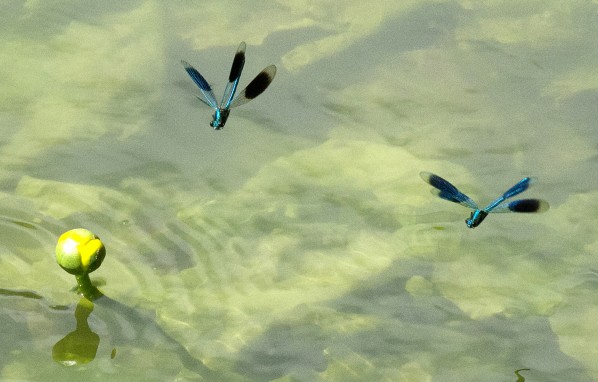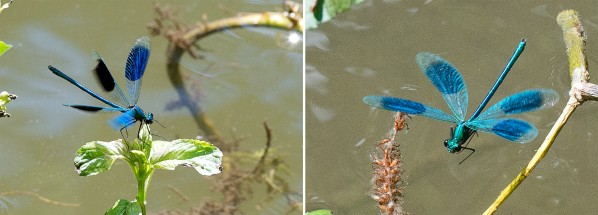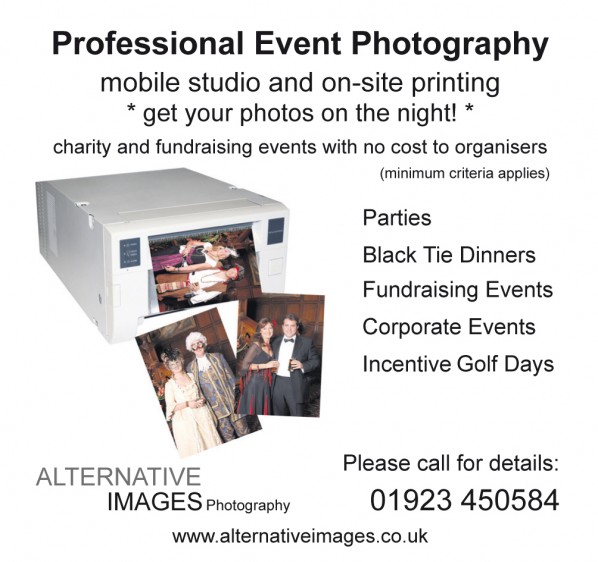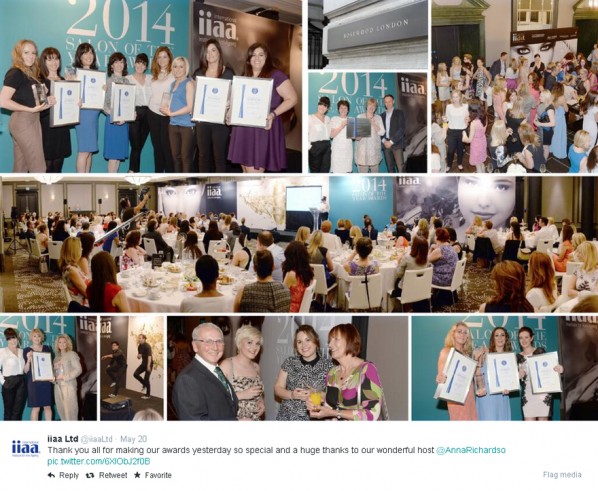It is best to do this on a sunny day to have plenty of light and to give good contrast to the shot. This subject does not lend well to dull light conditions and needs the intensity of sunlight to display colours. It is impossible to follow one around as it is flying; the creature is way to fast to focus on or follow in a view finder so it is best to pick a spot where it is landing or taking off from and focus on that point.
Firstly you need to have some depth of field to your focus so as the dragon fly moves in flight wherever the position is there is enough depth to keep the focus. This was shot about f11. Then you need to consider shutter speeds to keep the image sharp. The wings move very quickly so to freeze them I used a shutter of 3200 sec.
To match the depth of field and shutter speed you then set a desired ISO to match them, possible around the 1000 area depending now on the light conditions. If you are able to achieve a lower ISO rating with the shutter and f: settings even the better for quality to the shot. This is where the Nikon D4 is one of the best cameras to use due to the high ISO settings you can use with virtually no noise visible in the image.
The last thing is to have the shutter set to continuous so it releases about 11 frames per second in bursts. You cannot wait for the insect to fly and then press the shutter, you will miss it. This critter moves fast and your eye awareness to brain reaction is way to slow. So here you need to predict its movement. Yes it may not move as you shoot and you will need to try again but the wonder of digital is that you do not waste film, there is a delete button so edit the card as you shoot.




